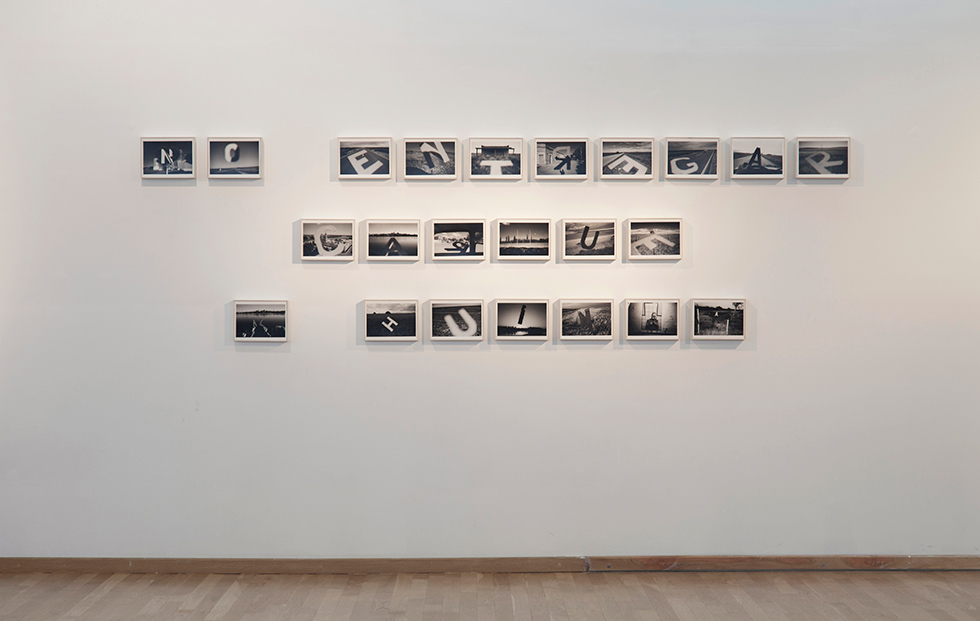
No entregar Carhué al Huinca, Calfucurá / Do Not Give Carhué to the Huinca, Calfucurá, 1996–2008, RES, gelatin silver prints.
Courtesy of Rolf Art & RES.. © RES
Transcript
[gentle guitar music]
Male narrator This installation is by the artist Raúl Eduardo Stolkiner, commonly referred to by his initials: RES. His work has a global meaning — though it addresses a very specific event, known in Argentina as the “Conquest of the Desert.”
Curator, Judith Keller.
Judith Keller He is referring to a very harsh, very critical moment in the history of the country. And he himself talks about this as a genocide.
[music ends]
Male narrator Look at the diptychs to either side of the central grouping. The black and white photographs were taken by Antonio Pozzo. He was the official photographer hired to document the military campaign that decimated the indigenous peoples of central Argentina in the 1870s. RES juxtaposes these images with his own color photographs, taken at the same spots over a hundred years later, between 1996 and 2008.
In this grouping, RES cut out letters and held them in front of his camera as he retraced the itinerary that had been used by the military. The letters spell out a command given by the indigenous chief Juan Calfulcurá to the Mapuche people. He said: “No entregar Carhué al Huinca., or “don’t surrender Carhué to the foreigner.”
Judith Keller He’s really saying “Do not give up Carhué, which is our most important territory, to the white men.”
For RES, the whole installation is about not giving up your own land and your own people. RES talks about how for him, this resonates with the dictatorship in Argentina in the early ‘80s, at which time he went into exile in Mexico. But there were perhaps as many as 30,000 people disappeared, or kidnapped and assassinated, by the military dictatorship.
Male narrator They were the people of his own generation: young progressives, students, writers, and artists. It was the genocide of Argentina’s intellectual class.
[music resumes]
Judith Keller He feels that the piece he’s created resonates with that moment in Argentine history, as well as what is going on globally in other parts of the world.
[music ends]